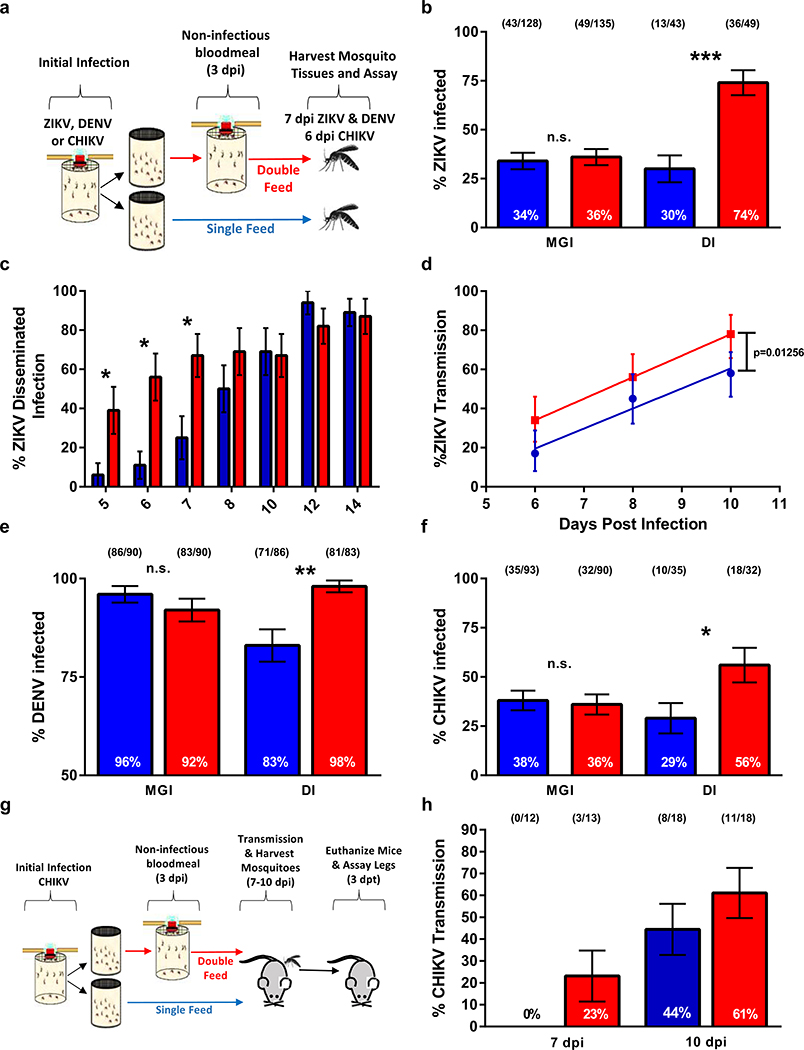Figure 1: Multiple feeding events increase dissemination and transmission rates of ZIKV, DENV and CHIKV in Aedes aegypti.
(a) Schematic of experimental design. (b) At 7 dpi paired bodies and legs were collected and assayed for the presence of ZIKV RNA by RT-qPCR (MGI (midgut infection rates) and DI (disseminated infection). (c) ZIKV dissemination rates of paired bodies and legs 5–14 dpi assayed for ZIKV RNA; only DI rates are presented. (d) 6, 8 and 10 dpi paired bodies and saliva were assayed for ZIKV RNA; only transmission rates (TR) are presented. TR data was analyzed by linear regression and analysis of covariance. (e,f) DENV-2 and CHIKV infection and dissemination rates, respectively. (g) Schematic of mouse transmission studies. (h) TR of CHIKV infected Ae. aegypti transmitting to suckling mice. (●) single-feed; (●) double-feed. Data were analyzed by two-sided Fisher’s exact test. (*) p<0.05, (**) p<0.01, (***) p<0.001. For b,c,e,f,h, center values represent the proportion and error bars represent the binomial SE of sample proportions. n for each experiment and precise p-values can be found in the linked source data.

